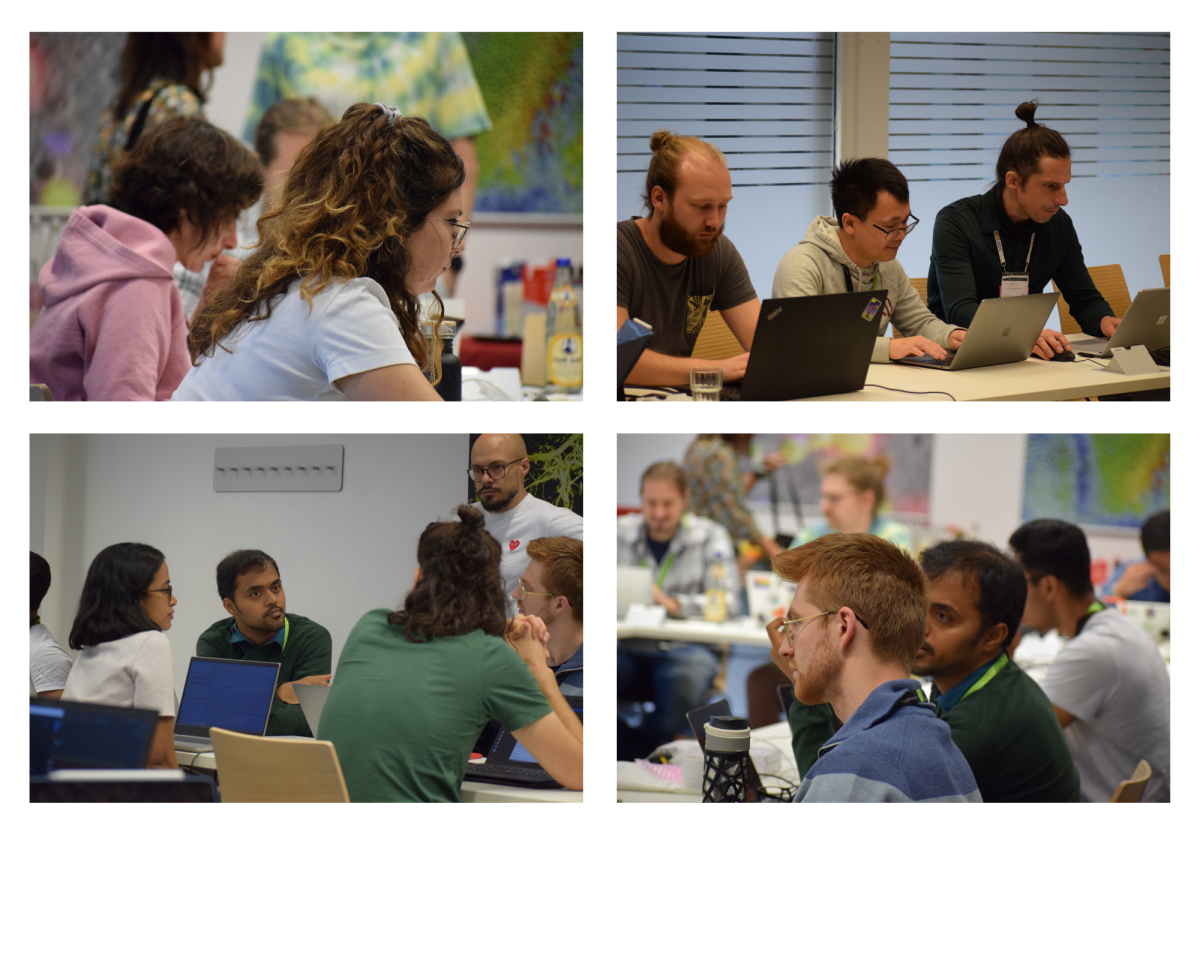BioImage.IO Chatbot: Transforming Bioimage Analysis
by Caterina Fuster-Barceló
Introducing the BioImage.IO Chatbot, a game-changer for the bioimage analysis community. This cutting-edge AI-driven assistant is revolutionizing how biologists, bioimage analysts, and developers interact with advanced tools. The BioImage.IO Chatbot excels in delivering personalized responses, code generation, and execution, as demonstrated by various usage examples.
The BioImage.IO Chatbot draws from diverse sources, including databases like ELIXIR bio.tools, documentation from different tools and softwares such as deepImageJ or ImJoy, and the BioImage Model Zoo documentation, ensuring tailored, context-aware answers. The result? Personalized responses that cater to users’ unique requirements.
Distinguished by its versatility, the chatbot adeptly handles both simple and technical queries, ensuring that it remains a valuable asset to users of all backgrounds. What’s more, we are enthusiastic about fostering a community-driven ecosystem. We encourage individuals to integrate their documentation and data sources into our knowledge base, thereby enriching the experience for everyone.
As we prepare for the upcoming beta testing phase (sign up here), join us in witnessing how the BioImage.IO Chatbot is reshaping the landscape of bioimage analysis. Be a part of this transformative journey!
For a detailed overview, check out our preprint.








